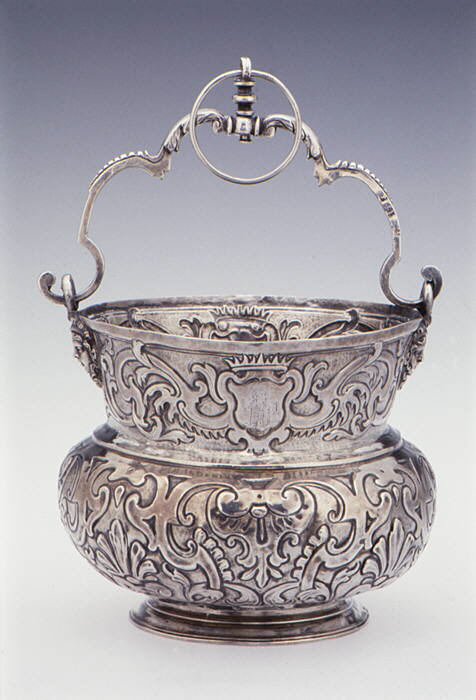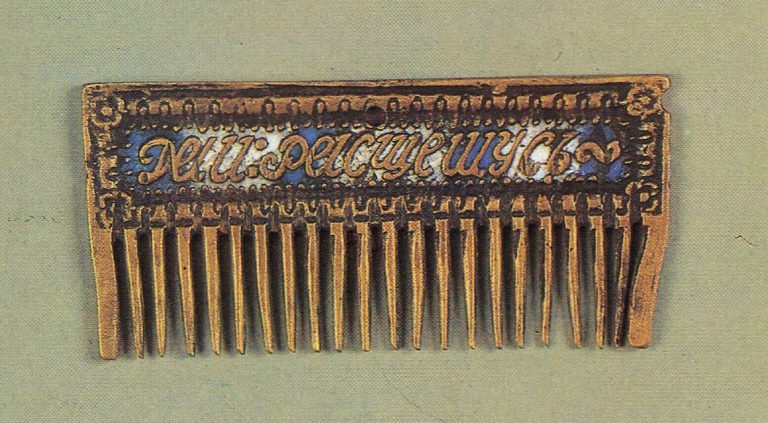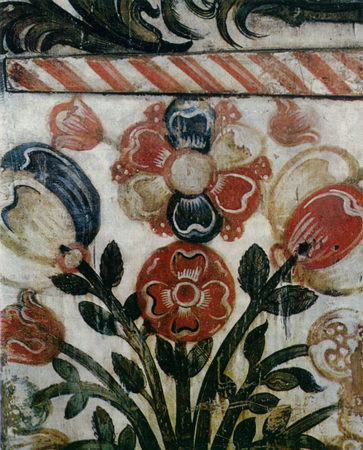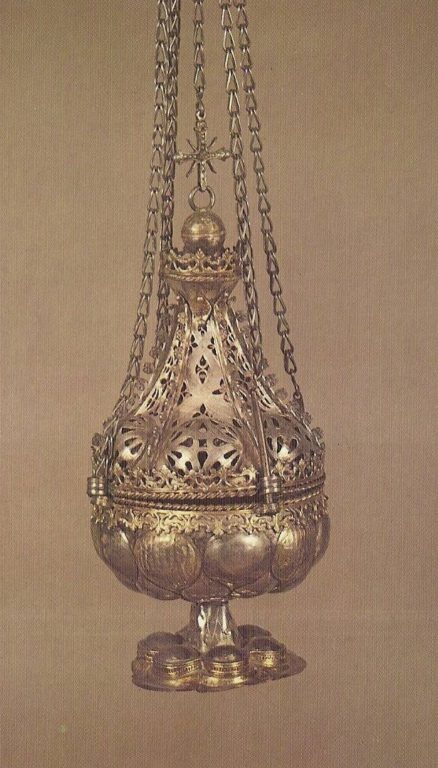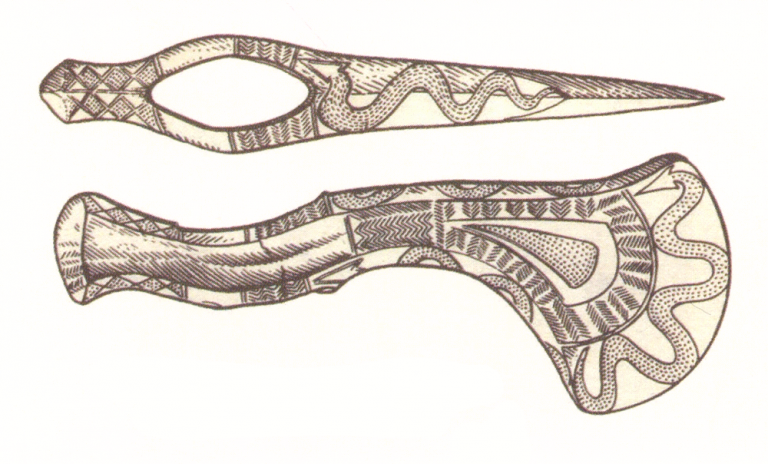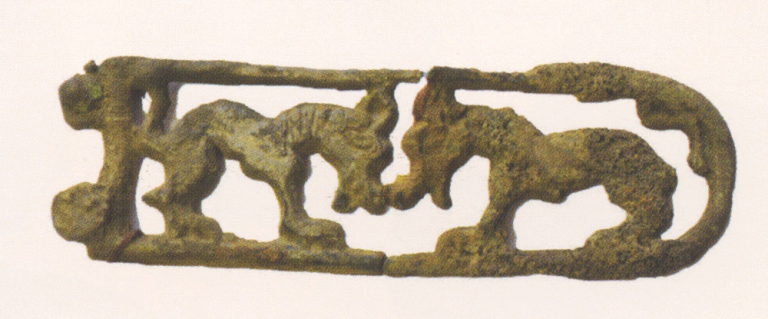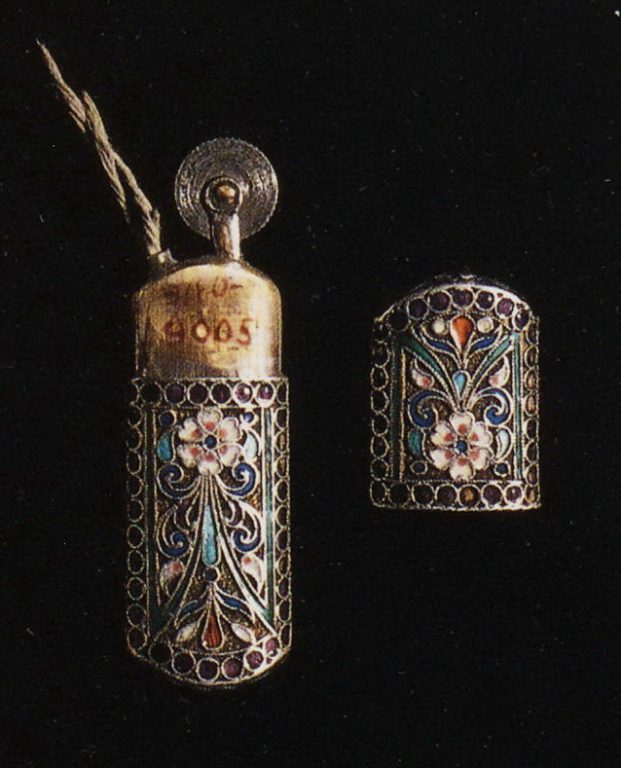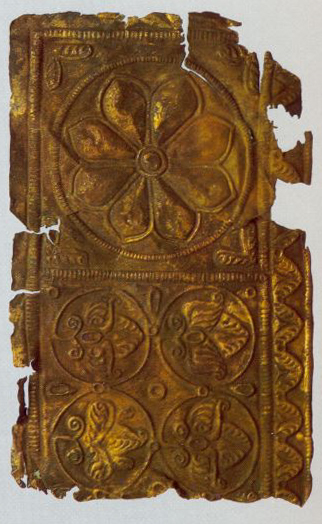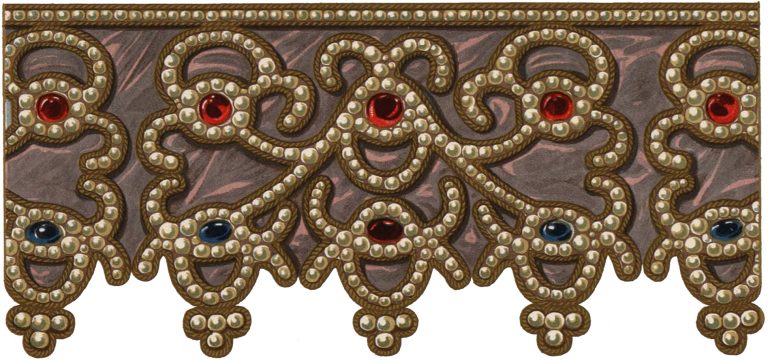

-
Objectreligious artefact: Bucket
-
Author of the objectGiuseppe Palmentiero
-
Type of arts & crafts
-
MediumSilver
-
SizeHeight (without handle): 5 1/2 in. (14 cm)
-
Geography details
Italy -
Country today
-
Date1712 or 1713
-
Type of sourceDatabase “Metropolitan Museum of Art”
-
Fund that the source refers toMetropolitan Museum of Art
-
Without an accompanying spoon or aspergillum, it is impossible to tell the original function of this bucket, but the form of the vessel indicates that it was used for holding either incense or holy water, both essential concomitants in the Roman Mass and in some Protestant masses.
The marks on both bucket and handle are only partly struck but appear to indicate the information given above. The date 1712 or 1713 is just visible in the Naples hallmark, revealing that the thistle shape and foliated scroll of rather syncopated form, both popular in the seventeenth century, survived surprisingly late into the 1700s.
The bucket possibly was the gift of a noble Spanish family to a church dedicated to Saint Liborius in southern Italy; round the lip is engraved a representation of the saint, vested as a bishop and depicted with his attribute—three small stones upon a book—and a coat of arms (at present unidentified) featuring a fess held in the mouths of two dragons, a heraldic charge characteristic of Spanish rather than Italian heraldry. The bucket may also have had some very particular significance in its home church. It was made during the reign of Pope Clement XI (1700–21), who suffered from the stone and designated July 23 as the day in the church calendar for honoring Saint Liborius, who was invoked in cases of the stone.


